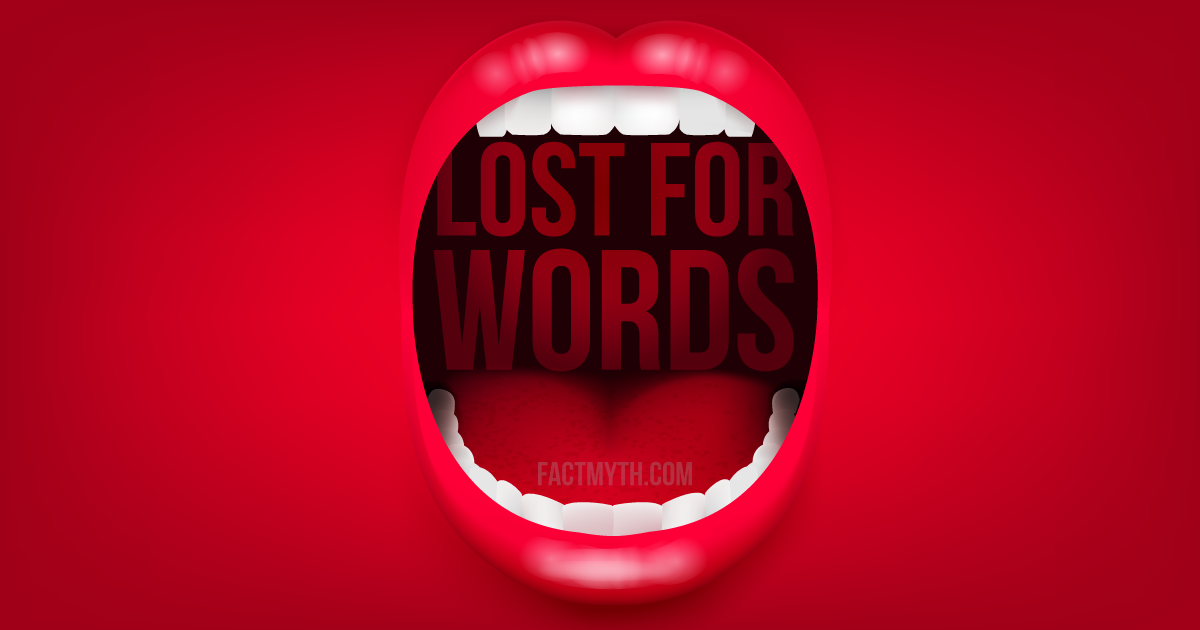The Dunning–Kruger Effect

The Dunning–Kruger effect is when people over-estimate their competence in something due to a lack of experience in that thing.
The human brain is the main organ of the human nervous system and is unique due to it’s developed cerebral cortex.

The Dunning–Kruger effect is when people over-estimate their competence in something due to a lack of experience in that thing.

All knowledge, all human understanding, can be said to be of four types: physical (empirical), logical (reason), ethical (philosophy in-action), and metaphysical (pure philosophy).

We discuss “giving names to concepts” (defining terms), identifying with terms, be identified by terms, and the implications of this.

Explicit bias is conscious bias, implicit bias is subconscious bias. Everyone has natural implicit and explicit bias, it’s part of being human and what shapes our actions and attitudes.

In pop-science, in reference to the brain, you’ll hear the terms “hardwired” and “softwired”, hardwired means genetically programed and softwired means learned.